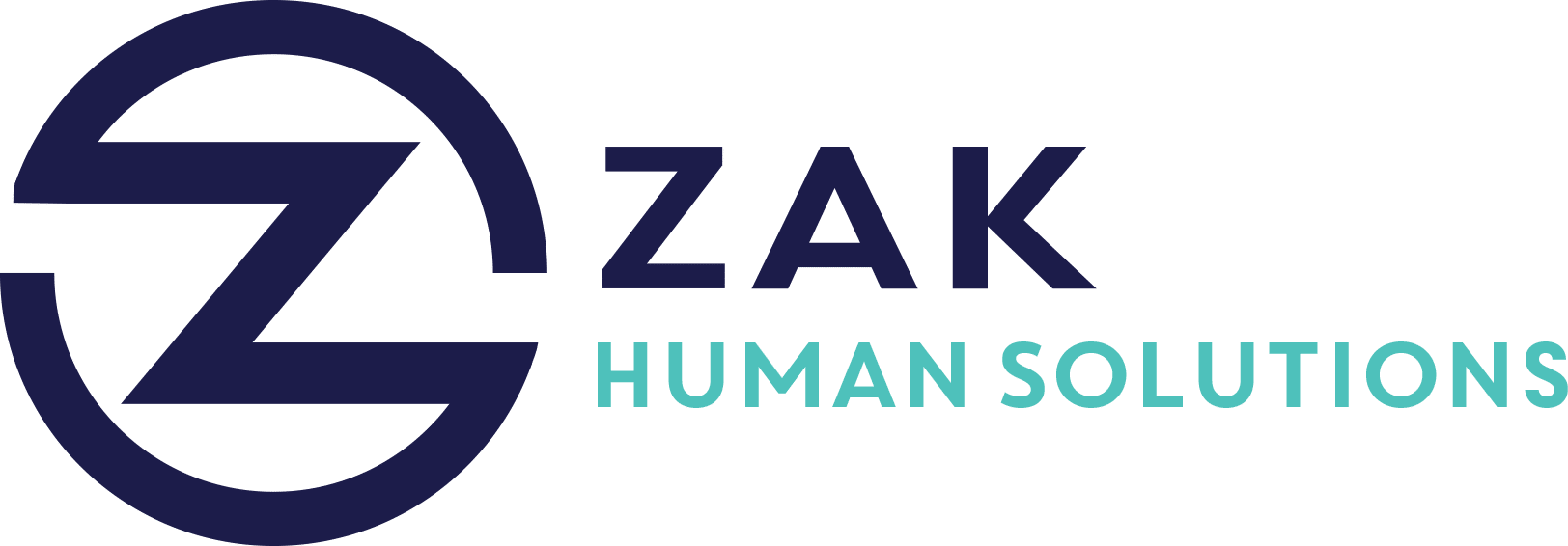Key Takeaways
- Investing in employee education promotes career advancement, making it a powerful retention tool.
- A strong tuition assistance program aligns with business objectives, enabling employees to gain relevant skills.
- Flexibility in educational pathways is essential; programs should cater to employees’ varied schedules and learning preferences.
- Support systems, such as success coaches and tutors, are crucial in helping employees transition back to education.
- Continuous communication about educational benefits keeps employees informed and engaged.
Investing in employee education is more than just a trendy corporate perk; it’s a strategic initiative that can significantly enhance employee retention and bolster overall organizational performance. In this blog post, we’ll explore how educational opportunities drive career advancement, align with business objectives, and increase employee engagement. Additionally, we’ll examine how a well-rounded approach to educational benefits can be the linchpin of your company’s talent strategy.
Understanding the Impact of Employee Education
Why Invest in Employee Education?
Investing in employee education should be viewed as a long-term investment in the workforce. Here are some compelling reasons why organizations should consider it:
- Career Advancement and Retention: Employees who perceive opportunities for personal and professional growth are more likely to remain loyal to their organization. Offering educational benefits signals to employees that their company is invested in their future, fostering a more committed and motivated workforce.
- Skills Development: The business landscape is constantly changing, with new technologies and methodologies emerging regularly. Providing employees with access to education and training ensures they have the necessary skills to keep the organization competitive.
Aligning Tuition Assistance with Business Goals
Integrating tuition assistance programs with company objectives ensures that the resources allocated for education also serve organizational needs. Here are ways to achieve this alignment:
- Identify Core Skills Requirements: Determine the skills critical to your business’s success. These may include both broad transferable skills, such as communication and leadership, and specialized technical skills like data analytics or cybersecurity.
- Strategic Program Selection: Develop partnerships with educational institutions that offer tailored courses matching your business requirements. Encourage employees to pursue programs that are not only of interest to them but also critical to the company’s objectives.
Providing Flexibility in Educational Pathways
Flexible educational pathways are vital to cater to the diverse needs of employees. Consider the following components to ensure inclusivity and accessibility:
- Varied Learning Formats: Offer a mix of online, in-person, and hybrid courses to accommodate different learning styles and schedules.
- Multiple Entry Points: Create opportunities for employees at various stages of their careers to participate in educational programs, whether they need to complete foundational degrees or pursue advanced certification.
The Role of Support Systems in Education Benefits
The success of education benefits hinges on the support systems in place to assist employees in their learning journey:
- Access to Success Coaches and Tutors: Providing one-on-one mentorship and academic support can greatly enhance the educational experience, especially for employees re-entering academic settings after time away.
- Regular Check-Ins and Encouragement: Establish a structured communication strategy to keep employees informed of their progress and how their new skills align with organizational goals.
Maintaining Engagement Through Communication
Staying engaged with employees about the educational opportunities available to them is crucial for maximizing the uptake and effectiveness of these programs:
- Consistent Messaging: Regular updates on available courses, success stories, and the impact of education on career trajectories help maintain interest and participation rates.
- Feedback Mechanisms: Creating channels for employees to provide feedback on educational programs can drive improvements and align the offerings with employee expectations and industry standards.




